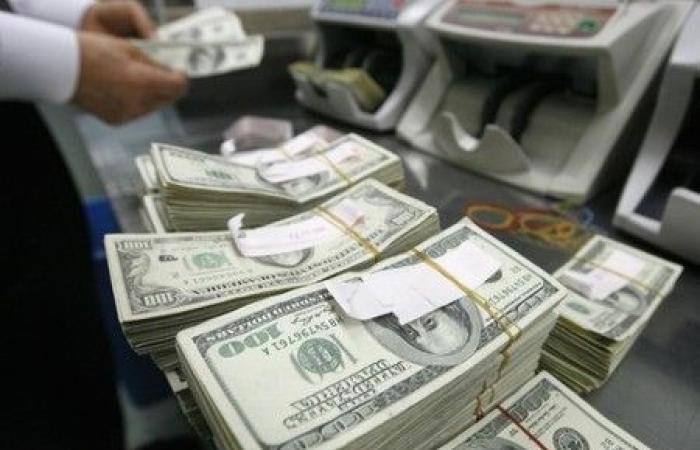The Australian dollar edged higher against the US dollar on Wednesday as domestic retail spending data surprised to the upside, but gains were capped by weakness in the Chinese yuan. The kiwi, however, struggled to break out of a key chart level.
The U.S. dollar and the US dollar, however, held firm against the yen, which hit three-decade highs, thanks to strong demand for carry trades, which involve borrowing a low-interest currency to invest in a higher-yielding currency.
The Aussie rose 0.1% to $0.6675, building on a 0.1% gain overnight but remaining within its recent trading range of $0.6576 to $0.6705.
It climbed 0.2 percent to 107.87 yen, just below its 33-year high of 107.93 yen reached two days ago.
The kiwi dollar held steady at $0.6078, after ending the previous session unchanged. It was stuck near its 200-day moving average of $0.6070 and a break of the resistance at 61 cents is seen as necessary to improve its near-term outlook.
A further drop in the Chinese yuan to 7.31 per dollar also weighed on the Australian dollar, which is often sold as a liquid substitute for the yuan, reflecting Beijing’s position as the largest buyer of Australian resources.
Earlier, a private survey showed that the expansion of China’s service sector was running out of steam.
Australian retail sales rose 0.6% in May, beating market expectations of 0.2%. Much of the increase was driven by discounts and early sales, which tempted consumers who were otherwise battling stubborn inflation and high mortgage rates.
“We look ahead to the next retail sales release (scheduled for July 30) to assess whether today’s result shows significant upward momentum,” ANZ analysts said.
“If June retail sales data is strong, inflation beats the RBA’s forecast and the jobs market remains resilient, there is a possibility the RBA could raise rates in August.
The Reserve Bank of Australia, which was caught off guard by an upward revision to consumer spending in the first quarter, will wait for further data to assess whether the current rate of 4.35% is sufficiently restrictive.
If consumption has slowed as hoped, it is likely to pick up again when sweeping tax cuts take effect this month. Rising house prices are also boosting homeowners’ wealth.
Futures markets imply a 30% chance that the RBA will need to tighten monetary policy further in August, while only forecasting a 20 basis point easing by the end of 2025.
The risk of another rate hike to reduce inflation has sent local bonds down, losing their shine against Treasuries.
Australian 10-year bonds were yielding 4.419%, slightly lower than the 4.4277% on 10-year Treasuries. They were 40 basis points lower than US bonds in April.






